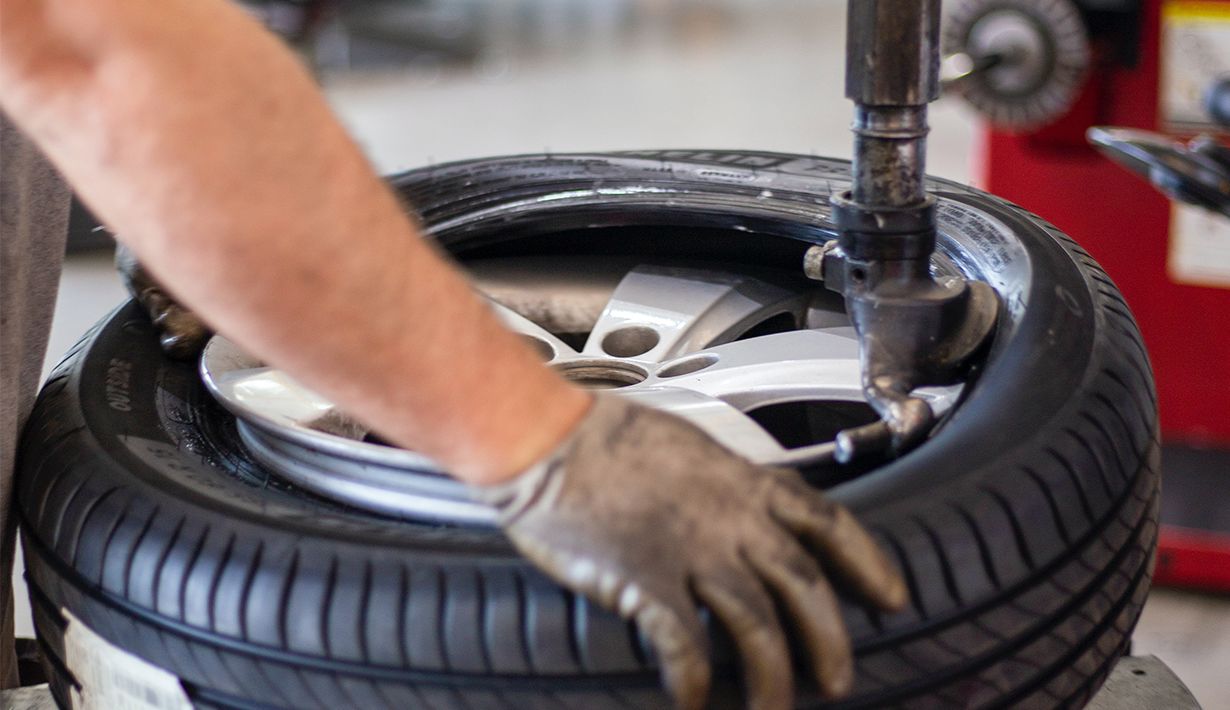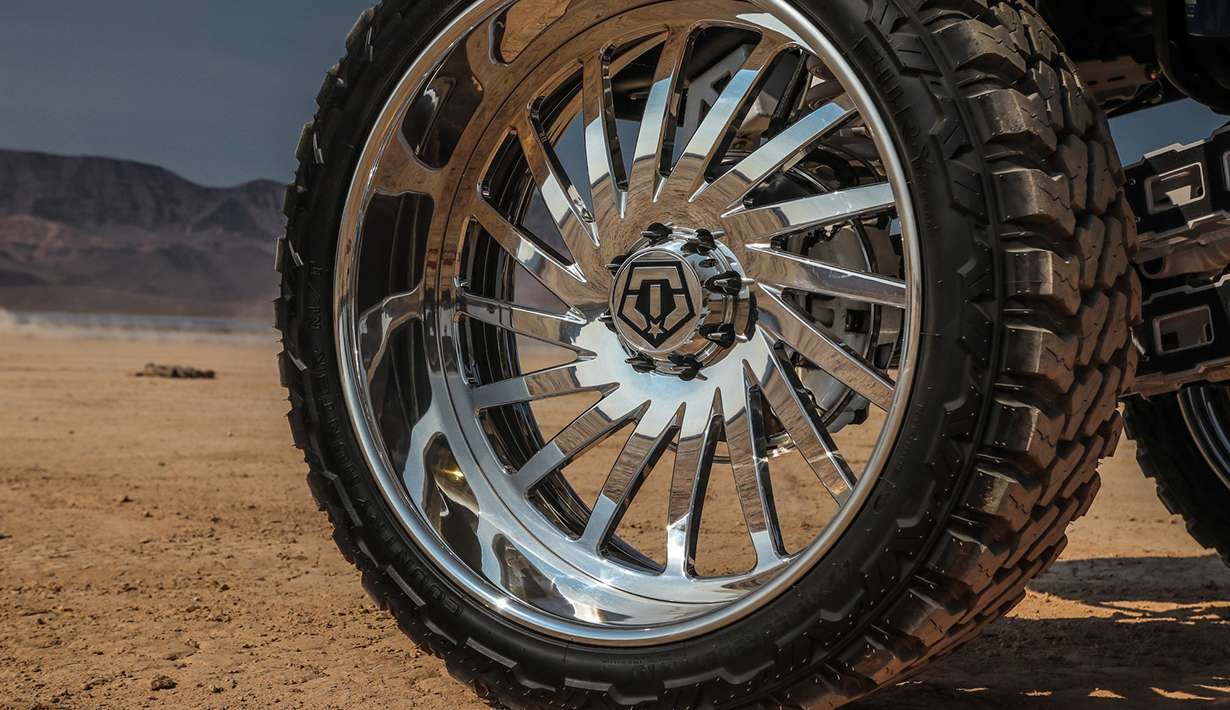Your vehicle’s suspension system plays a critical role in keeping your ride safe, smooth, and comfortable. It absorbs shocks from bumps and potholes, helps maintain tire contact with the road, and ensures proper handling and braking. Over time, suspension components can wear out — leading to poor ride quality, reduced safety, and uneven tire wear.
In this blog, we’ll guide you through how to check your suspension and share some essential maintenance tips to keep your suspension in top condition.
Why Your Suspension Matters
Your suspension system includes shocks, struts, springs, control arms, bushings, and various joints. Together, they:
Keep your tires in contact with the road.
Ensure stable steering and braking.
Absorb vibrations and bumps for a smooth ride.
Support the weight of your vehicle.
If any part of the suspension system fails, it can affect your vehicle’s handling and increase stopping distances — putting your safety at risk.
🔍 How to Check Your Suspension
You don’t need to be a mechanic to spot early signs of suspension trouble. Here’s how to perform a basic inspection:
1️⃣ Visual Inspection
Shocks and Struts: Look for fluid leaks around these parts. A leaking shock or strut is a clear sign it’s worn out.
Springs: Check coil or leaf springs for cracks, breaks, or sagging.
Bushings and Joints: Inspect rubber bushings for cracks, splits, or missing pieces. Ensure ball joints and tie rod ends aren’t loose or damaged.
Uneven Height: Compare the height of each corner of the vehicle. If one side sits lower, it could indicate a suspension problem.
2️⃣ Bounce Test
This simple test gives you a quick idea of shock absorber health:
With the vehicle parked on level ground, press down firmly on each corner (fender or bumper).
Release and observe the movement. Your car should bounce once or twice before settling.
If it continues bouncing, the shocks or struts may need replacement.
3️⃣ Check Tire Wear
Uneven tire wear patterns — like cupping, scalloping, or feathering — often point to suspension or alignment issues. Keep an eye on your tread during routine checks.
4️⃣ Listen and Feel
While driving:
Listen for clunks, knocks, or creaks when going over bumps.
Pay attention to excessive body roll in turns or nose-diving when braking.
Notice if the steering feels loose or if the vehicle pulls to one side.
🛠 How to Maintain Your Suspension
Keeping your suspension system in good condition doesn’t just improve comfort — it extends the life of your tires and other components. Here’s what you should do:
✅ Get Regular Wheel Alignments
Have your alignment checked at least once a year or after hitting a pothole or curb.
✅ Rotate and Balance Tires
Rotate your tires every 8,000 to 10,000 km (5,000 to 6,000 miles) to promote even wear.
✅ Wash the Undercarriage
Regularly clean the underside of your vehicle, especially in winter or after driving on salted roads, to prevent corrosion of suspension parts.



Phasellus vitae imperdiet felis. Nam non condimentum erat. Lorem ipsum dolor sit amet, consectetur adipiscing elit. Nulla tortor arcu, consectetur eleifend commodo at, consectetur eu justo. Sed viverra consectetur risus nec ultricies.
Phasellus vitae imperdiet felis. Nam non condimentum erat. Lorem ipsum dolor sit amet, consectetur adipiscing elit. Nulla tortor arcu, consectetur eleifend commodo at, consectetur eu justo. Sed viverra consectetur risus nec ultricies.
Lorem ipsum dolor sit amet, consectetur adipiscing elit. Nulla tortor arcu, consectetur eleifend commodo at, consectetur eu justo. Sed viverra consectetur risus nec ultricies.